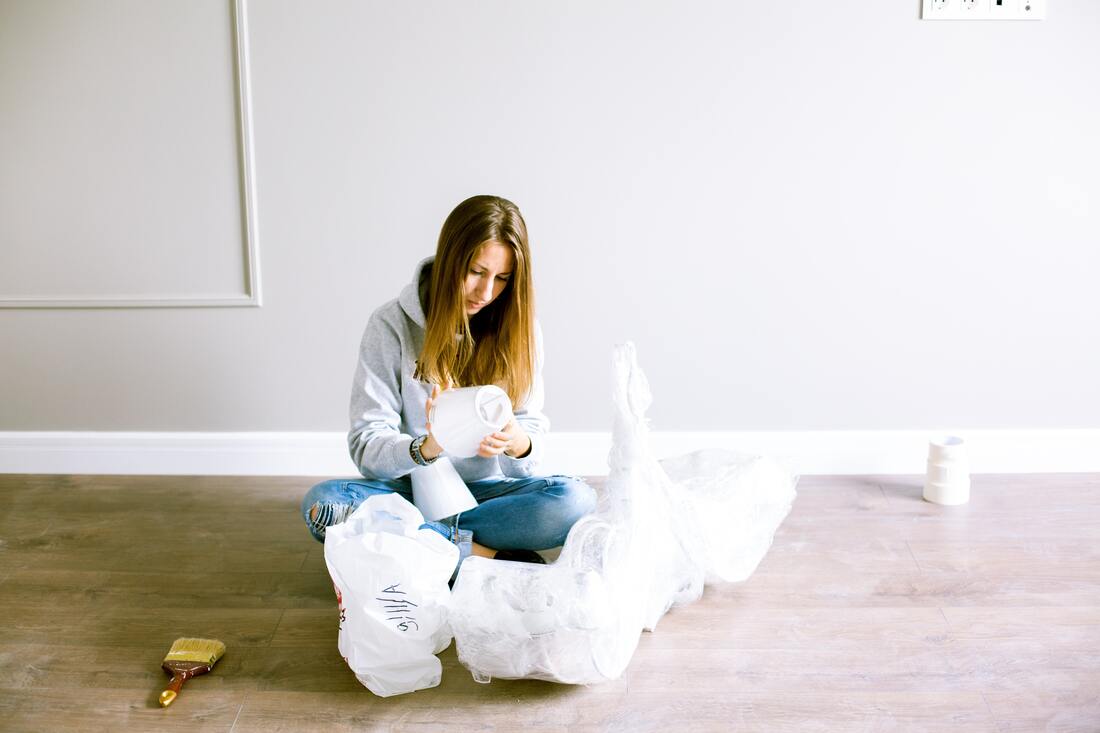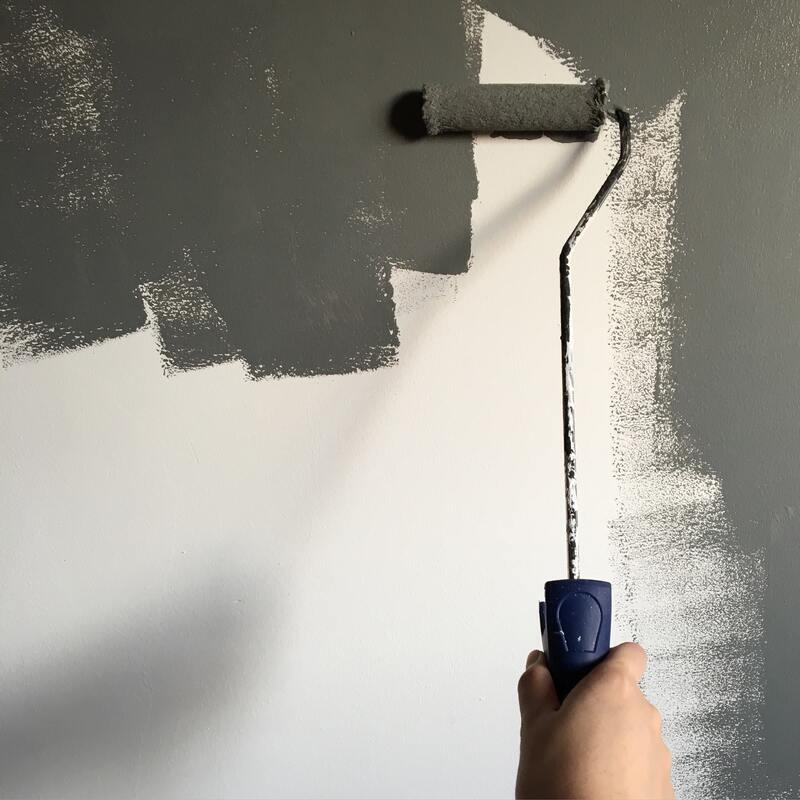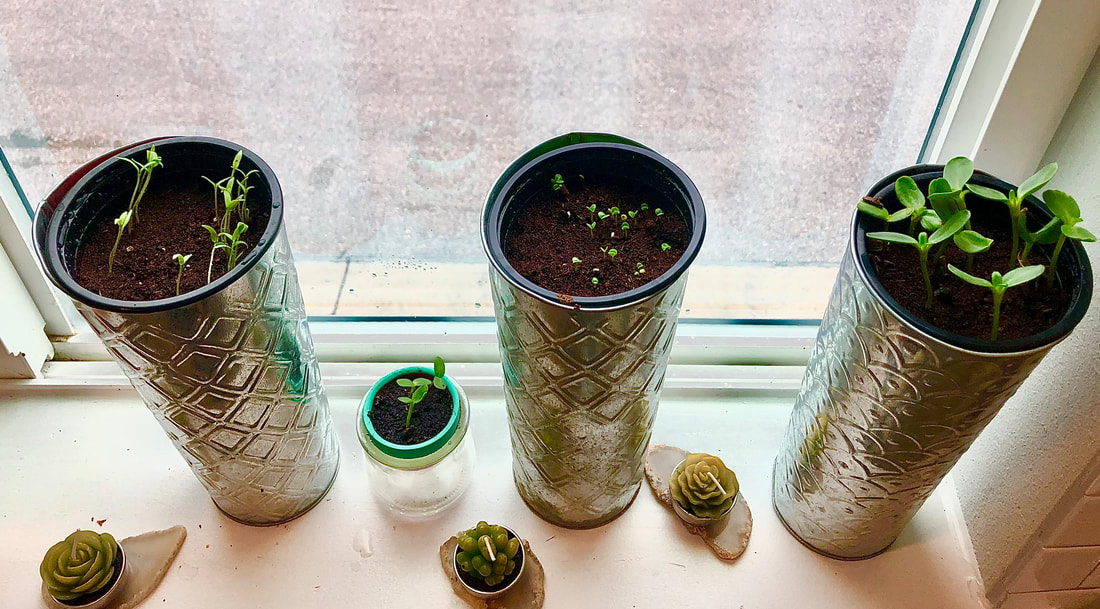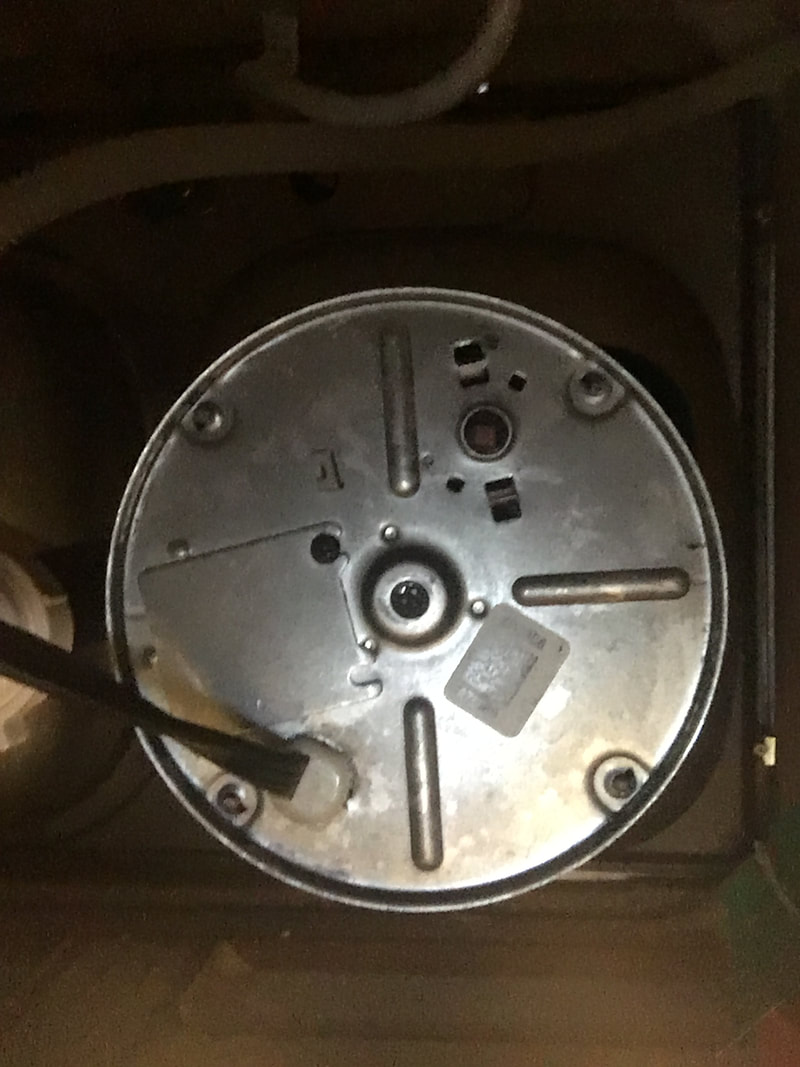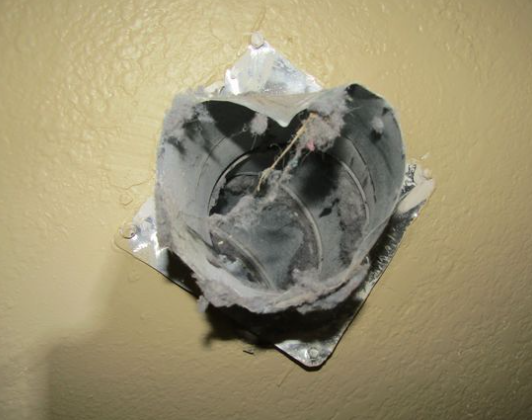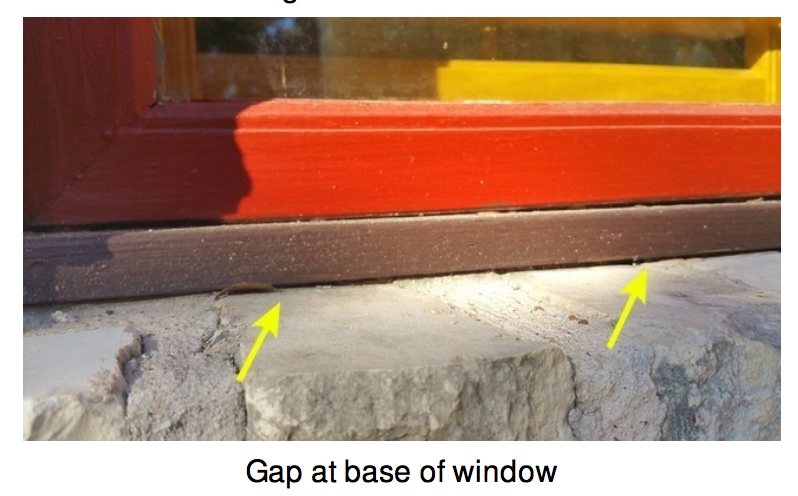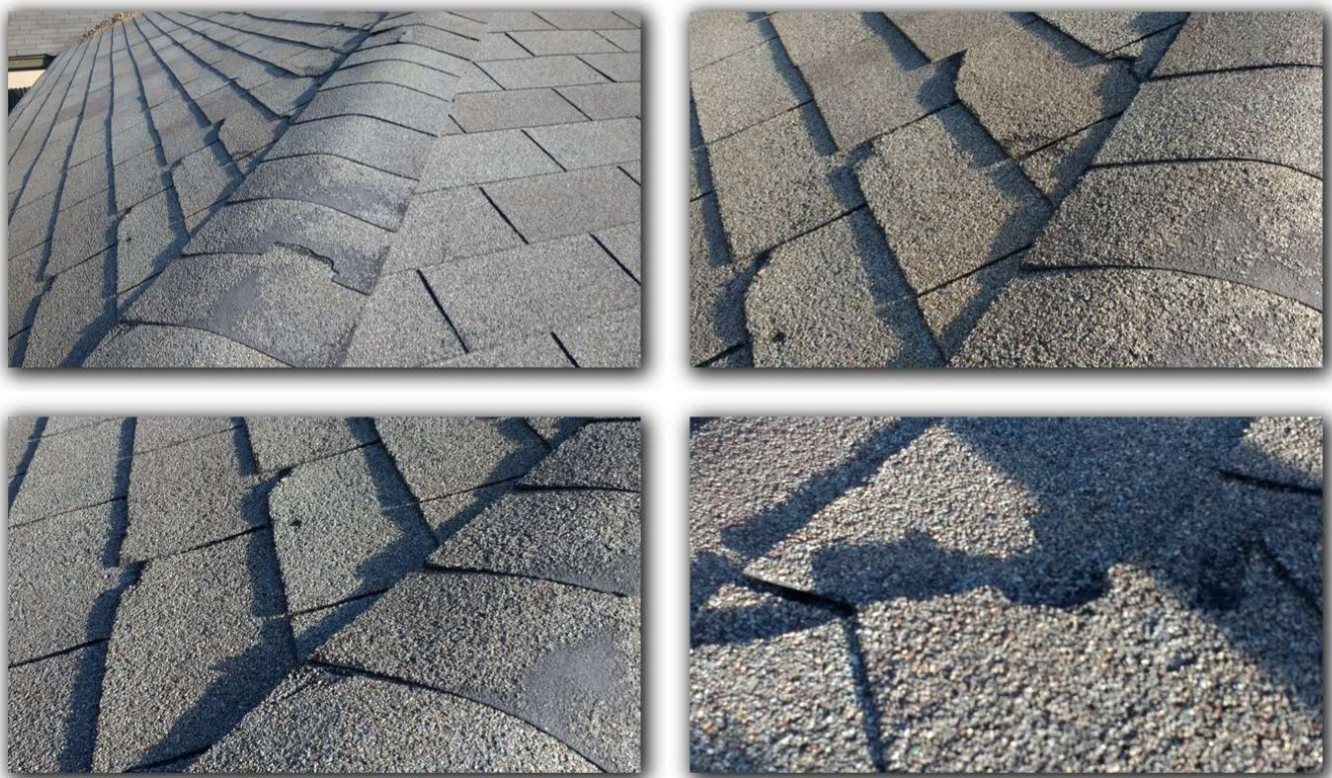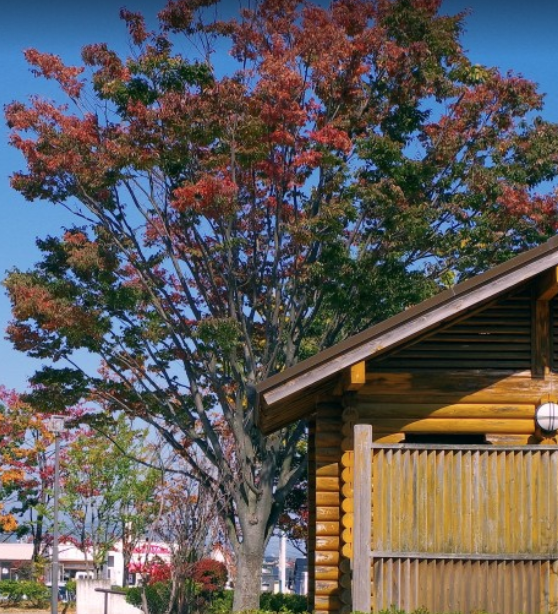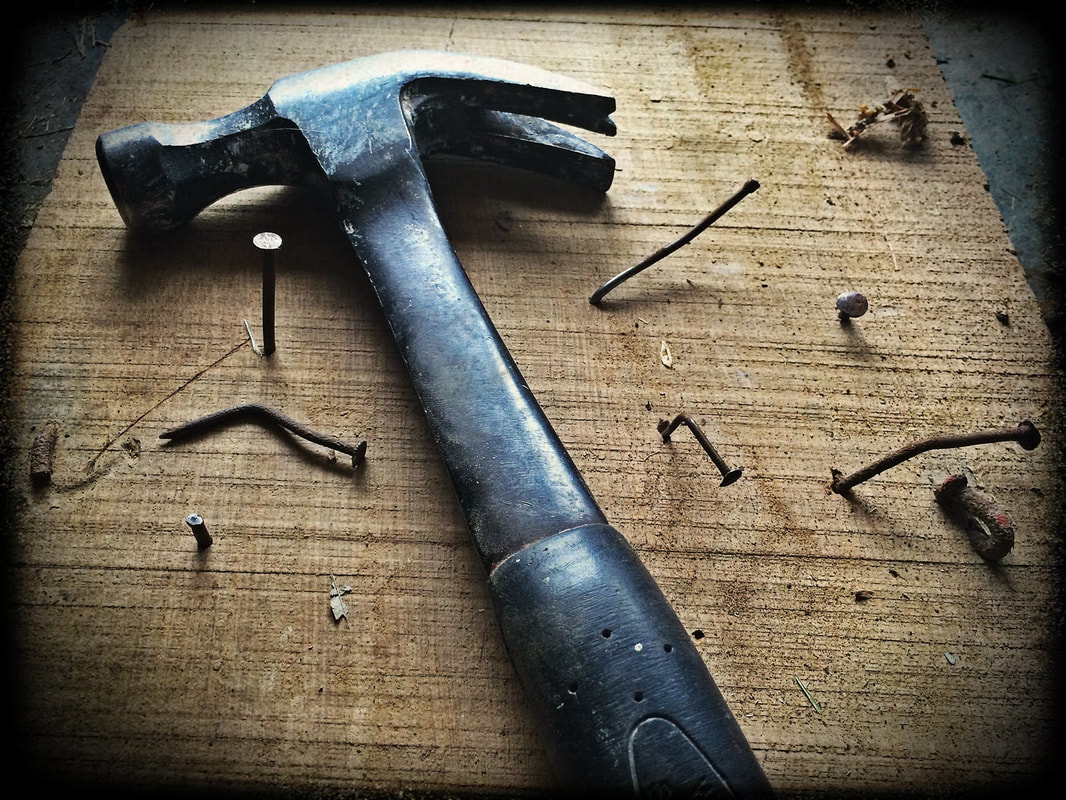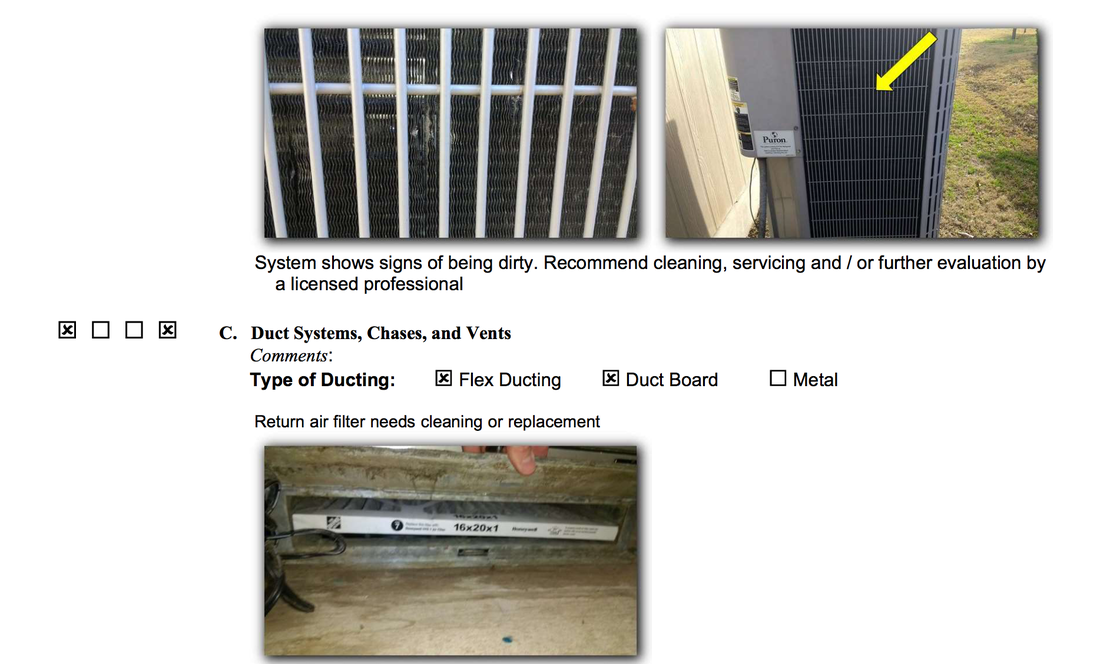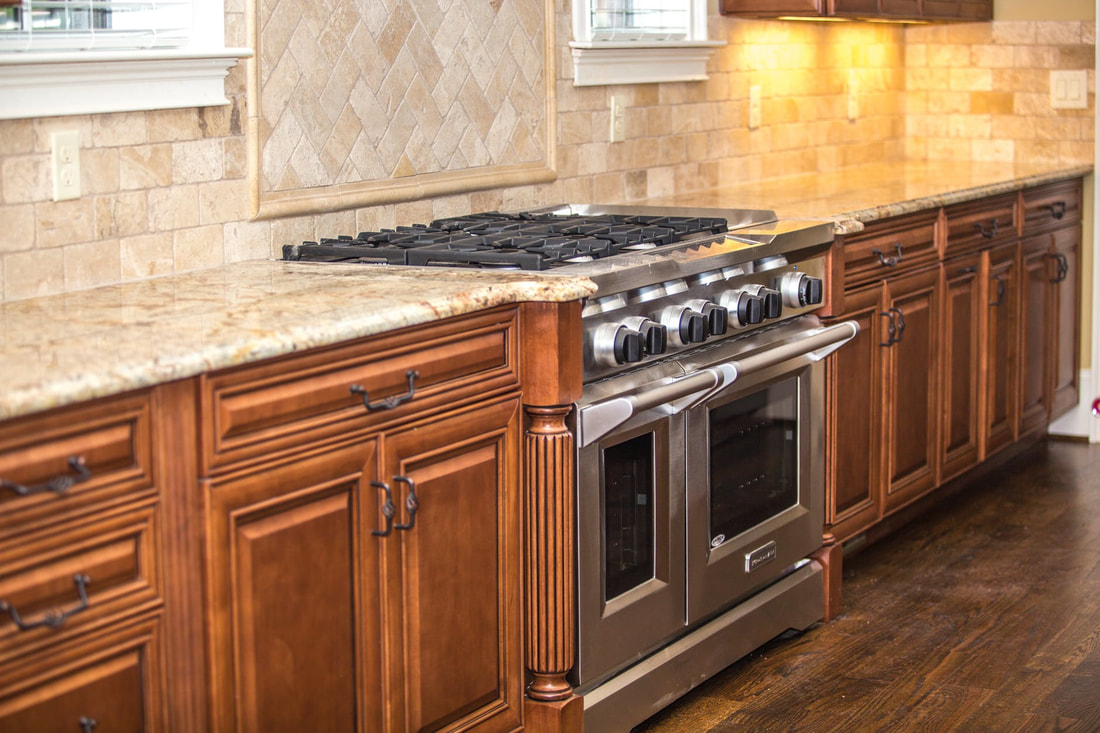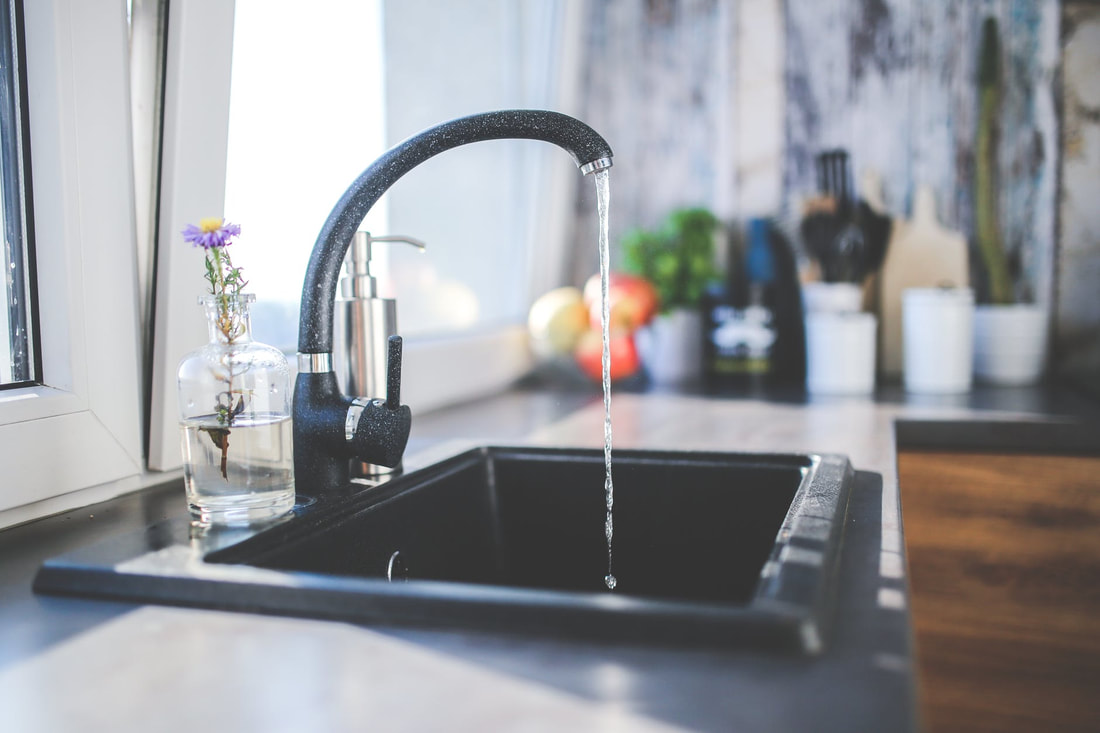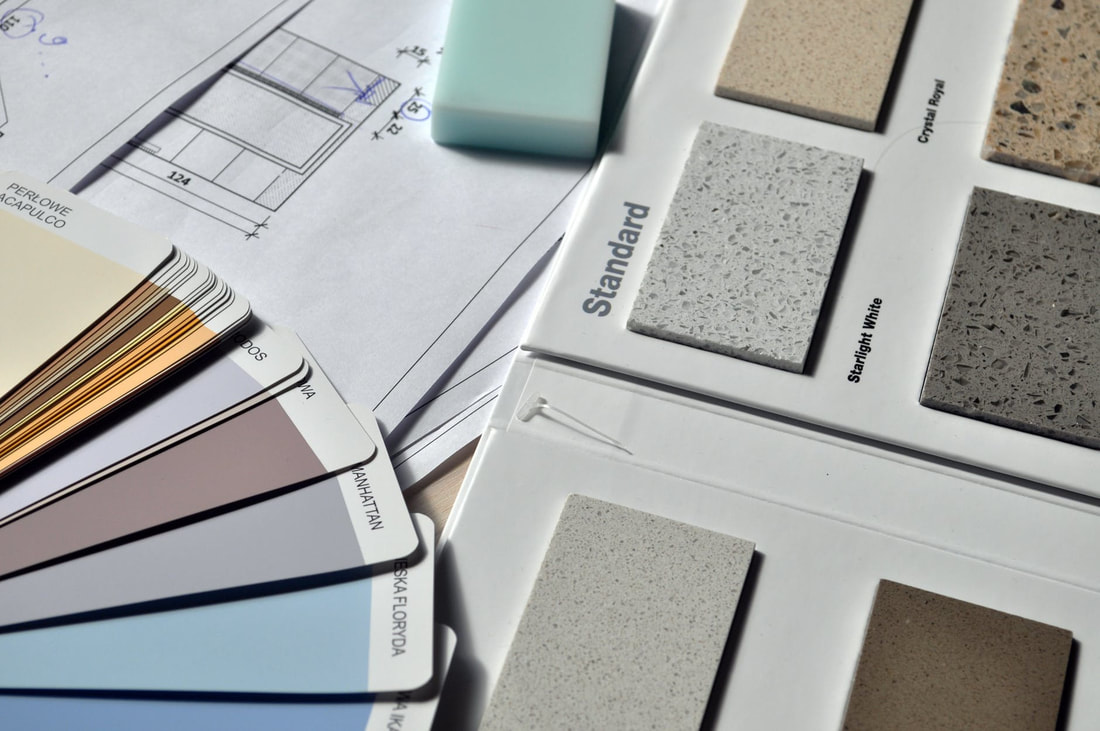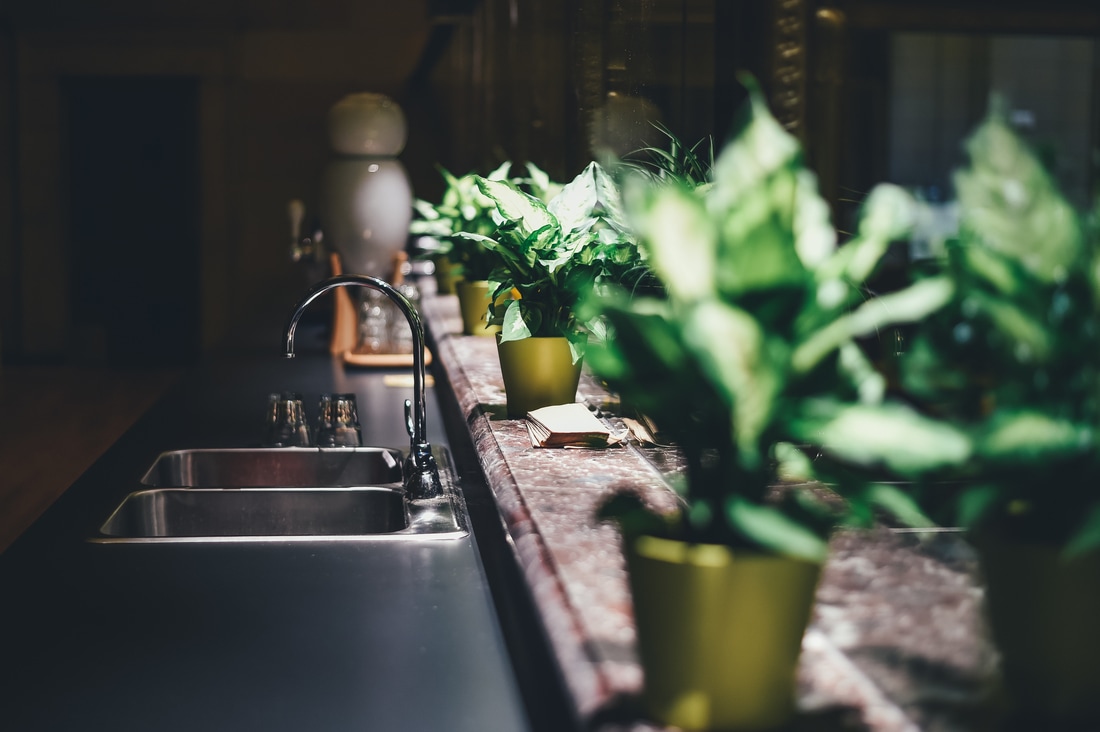|
As the coronavirus provides a very real concern to most of the world, one of the most common concerns among many Americans is how to face the immediate concern of boredom. The vast majority of us are practicing social distancing, and staying at home as much as possible. However, you can only binge Netflix for so long, before the yearning to do anything else really kicks in. Now is a great time to think of ways to make this time as productive as possible. Consider tackling some home projects to ease your boredom as we face this global pandemic. If you need supplies, most hardware stores are still open, and many offer online ordering to minimize your interactions. Here are some of my personal suggestions for staying busy around the home. 1.Tackle Deferred MaintenanceBefore you start thinking about watching youtube videos on how to re-tile your master bath, it’s best to start with the regular routine maintenance you may have been neglecting. Do you remember the last time you changed your air filters? If not, now’s a great time to change them. How about that towel rack that came loose 6 months ago? Why not get out your screw driver and finally fix it? Look around your home, and identify all of the little projects that you know need to be addressed. Then, get to work on fixing them one by one. 2.PaintWhile you are identifying the deferred maintenance items on your list, you may have noticed areas where you need to do some touch up paint. Hopefully, you have some extra paint on hand, and can touch up those spots easily. If you don’t, you may want to hold off on that project until after the coronavirus season. However, if you’ve had aspirations to paint an accent wall, or like me have considered an elaborate paint stenciling project, now’s a great time to pick up the roller and get to work. If you’re looking for inspiration, I ordered my wall stencil from a great US company, Cutting Edge Stencils, they have plenty of ideas for using their stencils on their website. Don’t limit yourself to just walls, you can also paint tiles, furniture, and patios. 3.Spring CleaningWith everything happening in the world, the idea of spring cleaning is now more important than ever. In addition to disinfecting hard surfaces, light switches, and door knobs consider some more extensive cleaning projects too. Why not think about cleaning out your junk drawer, organizing your closet, and re-claiming your garage? Why not Marie Kondo your entire home? You know you have the time. 4.GardenI don’t know about you, but just seeing a bright colorful flower brightens my day. That’s why I planted some blue delphiniums in my front porch planters early this week. If you can’t make it to a store to purchase plants right now, that doesn’t mean you can’t work on your garden. You can pull weeds, move rocks around to create beds, and prepare the soil. You may also have some seeds on hand. I found a bunch in my junk drawer earlier this week. Now, I have a nice little cropping of sunflower, tomatoes and basil seedlings that have started growing in my windowsill. Now, more than ever you may recognize the benefits of growing your own produce.
2 Comments
February is the month of love! With Valentine’s Day right around the corner, why not think about showing your home some love this year. Preventative maintenance to your Austin home pays off in the long run. By taking the time to check your home regularly, you can prevent costly repairs down the line. Also, many of these tips will help your home be more energy efficient, saving you money on utility bills now. There are a variety of steps you can take to show your Austin home some love. I have organized this list into two categories: items inside the home and exterior maintenance items. Interior Home Maintenance Items: Clean Refrigerator Coils: The coolant in the coils of your fridge keeps your refrigerator cool by pulling warmth out of the fridge. When these coils get covered in dust and debris they work less efficiently. These coils are usually located on the back of your fridge, or on newer models underneath the toe panel at the front of the fridge. Before you attempt to clean your fridge coils, unplug the fridge. Locate the condenser coils, remove the kick plate if needed, and use a vacuum hose to suck up all the dust. You may need to use a narrow brush to dust off the coils before vacuuming. Garbage Disposal: A dirty disposal can lead to an atrocious odor in your home. Keeping your disposal clean and smelling pleasantly is not too challenging. You can freeze vinegar in ice cubes, and then put the vinegar ice in your disposal and run it with water. Alternatively, you can cut up citrus and use the same strategy. If your disposal is making a buzzing sound but not running it usually means the disposal is stuck. First, unplug the disposal and make sure nothing is stuck inside. If you don’t find anything, there are two methods to fix your disposal. Your disposal usually comes with an Allen wrench. If you can find this, use it on the breaker socket located at the bottom of your disposal to fix the issue. If you can’t find the Allen wrench, approach this issue from your sink. Use a broom stick or another long item like the end of a long wooden spoon. Put the stick in the disposal and position it against the blades and work it back and forth until they move freely. Voila! Hood Vents: Have you ever looked underneath your stove hood and checked the exhaust fan filters? If you haven’t it will likely be filthy. This is the point of the range hood filter, to collect grease. Overtime, they will become blocked with grease and could even be a fire source. So, it’s good to periodically clean your hood vent filter. Most filters easily slide or pop out from beneath the hood. Remove your filter, and fill the sink or a bucket with boiling water. Add about a quarter cup of baking soda to the water and some degreasing dish soap. Mix it up until it’s nice and soapy. Let the filter soak in this “bath” for about ten minutes. After it soaks, scrub the filter, rinse it and let it dry. Put the filter back in your hood, and you are all done! Dryer Vents: A tale tell sign that your dryer vent needs to be cleaned is when your dryer is no longer drying clothes as well as it used to. Even if you’re not seeing this sign yet, it’s a good idea to clean your dryer vent regularly. It helps your dryer work more efficiently, and eliminates the possibility of a fire from dryer vent dust. Cleaning the dryer vent is similar to cleaning the refrigerator coils. Effectively you want to dust/brush the lint trap and vent and then vacuum up the dust. This tool can help you dust the dryer vent and the refrigerator coils. Check Seals Around Windows and Doors: Overtime seals surrounding windows and doors wear away. This leads to a less-energy efficient home. Inside your Austin home, the cool or warm air, depending on the season, can easily flow into or out of the home. Do a visual inspection of your home to see if there are areas that need to be addressed. Look for weather stripping at doors that needs to be replaced or caulking around windows that needs to be re-done. Depending on your skill set, you can either fix these items yourself, or call in a professional. AC System: Air conditioner filters and coils require regular maintenance to ensure your system is running efficiently. Clean or replace your air filters every couple of months to keep your HVAC running efficiently. AC falls into both the interior and exterior category. You also want to look at the evaporator coil and condenser coil of your AC system as these gather dirt and dust overtime. The dirt reduces airflow and insulates the coil preventing it from doing as good of a job at absorbing heat. Cleaning the area around the coil and removing any debris (leaves, etc) will help your system run its best. You can also sign up for regular AC maintenance programs with a local provider like ARS. Exterior Home Maintenance Items: Roof: Check your roof periodically to make sure there are no worn areas that need to be repaired. Maintaining your roof properly will prevent costly leaks that lead to more extensive drywall repairs later on. You also want to check the flashing that runs along the edges of your roof. Small holes or corrosion in the flashing can be easily fixed with roofing cement and a patch that matches your current flashing. Also, check the flashing by your chimney as this can come away from the chimney over time allowing water to penetrate your roof. Gutters: While you are of the roof, check your gutters. Make sure they are not filled with debris and fix any sagging gutters so they properly disperse water away from your home. Check for lose connections along the corners of your home and make sure all down spouts are properly dispersing water away from the home. Gutters that pour water towards the base of your home can lead to costly foundation issues if not treated in a timely fashion. You may also need to look into grading your lawn so that water from gutters flows toward the edges of your property, not near your foundation. Check Tree Limbs: Make sure your tree limbs are not getting close to the roof line, tree branches that near the roof line will cause roof damage over time as they rub along the roof. You also want to trim any branches nearing power lines. Also look out for dying trees that may fall on to your home after the next storm. Encroaching Plants: Take a look at the plants near the base of your home as well. Climbing plants going up the side of your home are the perfect little road for pesky insects like carpenter ants and termites. Remove any such plants so they don’t allow wood destroying insects to enter your home.
Siding: Check your siding to ensure that its intact. Make sure there are no visible holes or pieces that have fallen off. Also, look for signs of water damage on your siding as this usually indicates a drainage issue or interior plumbing concern. All types of siding benefit from an annual cleaning. Consider renting a power washer to tackle this job annually, or contact me for recommendations for a pro to take care of this process for you. Do yourself a favor and show your Austin home some love this February by utilizing some or all of the maintenance tips I outlined above. If you need a professional to help, I’m happy to provide recommendation for service providers my Austin clients or I have used in the past to tackle home maintenance. In the past, I’ve discussed cosmetic strategies for preparing your home to sell for the most money. Articles such as 9 Tips to Increase Your Home’s Worth and Prioritizing Upgrades When Preparing to Sell Your Home provide an overview of strategies to increase your home’s curb appeal both outside and inside your home. Conversely, this article focuses on home maintenance and home repairs that you should address prior to listing your home for sale. In an Austin home sale, the buyer has what is called an option period. The option period allows the buyer the right to access and do all necessary due-diligence on a home prior to being locked into the home sale. The buyer has the unrestricted right to terminate the contract during the option period, and the earnest money will be returned to the buyer. It’s strongly recommended that the buyer have a licensed home inspector inspect the property during the option period. Any aspects of the home identified by the inspector as areas of concern, are leverage for the buyer. The buyer can either request the homeowner fix the issue of request monetary concessions for the repairs. These requests are formally submitted to the seller in the form of an amendment to the contract. Probably the most common item I see on such an amendment is the request for the air conditioner to be cleaned and serviced. If you’re preparing your Austin home for sale, you should consider having the AC cleaned and serviced prior to listing your home. Why give the buyer an opportunity to overcharge you for this service? If you tackle this before listing your home, you can take your time comparing quotes from different providers, rather than rushing to have the AC serviced when you’re in the middle of moving or risk conceding more than necessary to the buyer for the service. While you’re at it, you should also replace the air filters. The other benefit to repairing or servicing your home prior to the repairs being mandated in an amendment is that you get to choose who does the work. Once a repair is required per an amendment, the repair must be made by a licensed contractor. If you are handy, you may be able to fix things yourself prior to listing your home or hire an unlicensed handyman who is still qualified for the job. An inspector will note every little thing that is wrong with a home. A door without a stopper will be noted, as will the lack of a smoke detector in a room. I’m not particularly handy, but I could easily install these items. Another item I regularly see on inspection reports is a lack of an anti-tip bracket on the oven. This five to ten-dollar part effectively anchors your stove to the wall so that a child cannot get in the oven and have it fall over leaving them trapped inside. Another item you may consider DIYing is in regards to the exterior of the home. An inspector is going to note any plant growth that creeps up the home as an area of concern since it could lead to wood destroying insects entering the home. Pull off any vines or climbing plants that are making their way up your home. You should also clean out leaves and debris from gutters and make sure gutter spouts are properly diverting away from the home. If your home has flashing, check to see that its properly diverting water off the roof, and away from the home. Grading is also an area of interest for an inspector. Your yard should slope down from your home so that water moves away from the property. If you have any known leaks in your home, it’s best to address these now. Even if you don’t, you may want to check under your sinks and around your toilets to make sure there is no water penetration. Leaks in faucets or sink pipes can usually be addressed quite easily. It may just be a matter of tightening a piece or replacing a washer. You should also address any running toilets. Sometimes it’s as easy as adjusting the flapper chain- an easy no tools required fix. If you have major plumbing issues, it’s best to consult a licensed professional. Another common item on inspection reports is electrical issues. A lack of GFCI outlets is often noted as a potential safety risk. It’s my understanding that if the outlets are properly grounded this is not necessarily an area of concern. However, if you don’t want to be nickel and dimed during the option period, this is another item you may want to address. Any outlets or fans that are not functioning properly should be looked at by a professional, and while you are at it, make sure all your lights have functioning bulbs. An inspector may not be able to assess if a light doesn’t work or if it’s simply lacking a functioning bulb.
These are just a few of the most common repair requests I see. If you’re planning to sell your home, determining which projects are the most important is a complex evaluation. Your budget, and desired sale price will determine the most important projects. Not sure which projects you should tackle before selling your Austin home? Contact me today, and I’ll help you decide which projects will allow you to net the most money in your Austin home sale. If you’re thinking about selling your home, you may be thinking about all the things you need to do before actually putting your home on the market. You may be thinking about small things such as fixing that leaky faucet, or maybe you are thinking about a more extensive change such as remodeling the bathroom. Regardless of if you are planning to spend $100 or $10,000, it is important to prioritize those updates in accordance with ones will yield the best return.
Your first step in this prioritization process is to put yourself in the shoes of a potential homeowner. A great real estate agent will help you understand what’s most desirable in the current marketplace, and help you to prioritize which projects you should undertake given your budget. Before you consider remodeling the entire kitchen, assess your home for obvious items in need of repair. Put yourself in the buyer’s shoes, if they see a leaking faucet, a light that doesn’t work, a hole in the drywall, they are going to assume the property has been neglected and want to offer you less for the home. First things first, fix the obvious issues. Now, that you have taken care of making sure your home is in working order, you can begin to consider upgrades that will provide you the best return on your investment. Paint is one of the least-expensive updates that can have the highest returns. If your home has outdated wall paper, or a bright purple wall, I would strongly encourage you to get some quotes for a neutral paint job. Don’t limit yourself to thinking about paint for the walls. A coat of paint on cabinets in the kitchen or bath, on brick or stone facades, on the mailbox, or even the front door can add significant value. Landscaping is another area where a small investment can go a long way. The first-impression your home delivers to prospective buyers determines whether or not they even step inside your home. Make sure it looks appealing from the front yard! Cut the grass, trim the hedges, and consider adding new flower beds, or flowers in pots for a pop of color. Flooring is another update worth considering. In general, buyers prefer a consistent flooring throughout the home. Buyers are tending to gravitate away from carpet these days. That being said, if your home has brand new carpet, I wouldn’t suggest ripping it out to lay new wood flooring. On the other hand, if you have original shag carpet from the 70s, I’d recommend some estimates for updated flooring. More extensive remodels really require a thorough understanding of the property and the budget to prioritize. However, I would generally say focus on the kitchen and the baths. Home buyers are looking for large master baths and the majority of homes built in the 60s and 70s have tiny master baths. Depending on your homes layout, you may want to consider reconfiguring your floorplan to give you a larger master bath/master closet. Open floor-plans are one of if not the most important attributes home buyers are looking for in a new home today. Can you open up some walls to give your house that light and airy feel? If you’re trying to prioritize updates for your home prior to listing it for sale, the first step is to find an amazing REALTOR to help you. I help my clients analyze their property to determine what repairs/updates might be worth pursuing, obtain quotes from multiple contractors for the entire list, and then systematically prioritize the repair/update list in accordance with the budget. If you’re looking for help in this arena, give me a call today. If you’re curious what your home is worth as is, you can get a rough idea here. Do you want to sell your home for the most money without spending a fortune preparing your home for the sale? Take a look at these 9 tips to increase your home’s value without breaking the bank.
1. Spruce up your front yard The first thing a potential buyer is going to see when they look at your home is the outside. You want to deliver a great first impression. Plant flowers in the front yard, power wash your sidewalk and porch leading up to your front door, and make sure leaves are raked regularly. It's also a good idea to put a fresh coat of paint on your front door. 2. Paint! A fresh coat of paint can do wonders for your home value. Paint the inside walls of your home a neutral color to brighten the room and make it appear larger. Cans of paint generally cost around $25, so grab a few and start sprucing up those rooms. If you don’t want to paint the entire wall, make sure to touch up any scratches or dings. 3. Replace handles and knobs You might not be able to afford brand new cabinets in every part of the house, but you probably can afford some new handles. Purchase new handles or knobs for your cabinets in the kitchen and bathroom to give the rooms an updated look. 4. Re-Caulk the Kitchen (and Bathrooms) Caulk can get yellow and brittle after a few years, especially around sinks and bathtubs. Make your kitchen and bathroom look like new by re-caulking. A tube of caulk costs around $5 and can update a home's look (and value!) 5. Match your Appliances Is your mix and match kitchen giving you a headache? Did you know, you don't have to buy brand new appliances that are all in the same hue – most appliances have front panels that can be removed and replaced. Give your appliances a facelift by buying matching front panels to give your kitchen a consistent feel. 6. Clean! I mentioned the first impression at the beginning of this post. If a buyer enters a home that's dirty, it will be hard for him or her to look past the state of the home. Clean your floors, windows, walls and baseboards. Give your home a good scrubbing. This will let in light, allow buyers to see the views and increase the marketability of your home. You will also want to de-clutter and de-personalize. Remove family photos and religious items. Another trick I like to tell my Austin sellers is to remove about half of the items in your closets and pantries so they appear larger. 7. Lighting Outdated fixtures can make a home less appealing to prospective buyers. You can spend a decent amount of money replacing fixtures, but you don't have to spend so much to get the same results! Purchase discounted lampshades to perk up an older lamp, and change switch plates on your light switches to give your home an updated look. Make sure your switch plates and outlets match throughout the home. 8. Replace faucets Purchase a new faucet for your sink and shower in your bathroom, and you'll increase your home value. Make sure the faucets for the sink and shower match – most of the time new faucets will cost around $30 to $60. It's not a bad idea to update your kitchen sink faucet, too! 9. Update your flooring Another part of the home that ages a house is the flooring. You may want to have wood floors refinished or concrete floors polished. Rugs or carpet that have gone out of style or seen better days can decrease your perceived home value. If you have enough money to replace the carpeting, go for it! However, if it’s not in the budget, you may want to display a sign with carpet swatches that advertises an allowance will be given to buyers to replace with their preferred carpet after closing. Some of these hacks are borderline genius, some you may have heard of, but here is my list of home hacks sure to save you time, money or at least a trip to the store.
1. Use a walnut to remove scratches from wood furniture. 2. Clean a shower curtain liner in the washing machine. Seriously just throw it in the washer with some towels and detergent. 3. Clean your disposal with vinegar ice cubes. Add some lemon or rosemary to an ice tray, cover with vinegar and freeze. When your disposals smelling funny, add a cube and turn it on. 4. You can also use vinegar to clean your shower head. Fill a plastic bag with vinegar, place it around the top of the shower head and tie it on. Let it sit for 30 mins- 1 hour and then remove. 5. Use a pillow case to clean your fan blades. 6. Clean your sponge in the microwave. Just throw it in there on a microwave save dish and heat on high for 2 minutes. 99.99 % of germs instantly eliminated. 7. Get rid of dust in exhaust fans with compressed air (the kind you use to clean your computer) 8. Use a dryer sheet to remove dust from base boards. This also works great for TV's and other electronics. BONUS TIP- a used dryer sheet is perfect for removing deodorant stains from clothes Remember, I'm always here for you and your friends. If someone you know is looking to make a move, don't hesitate to give them my information. I'd love to personally help or refer them to someone in their city. |
BLOGSharing Austin real estate updates, home owner tips, & more. Archives
February 2024
Categories
All
|

